A German research team has found an environmentally friendly method to convert red mud, a by-product of the aluminum industry, into high-purity iron in just 10 minutes of processing.
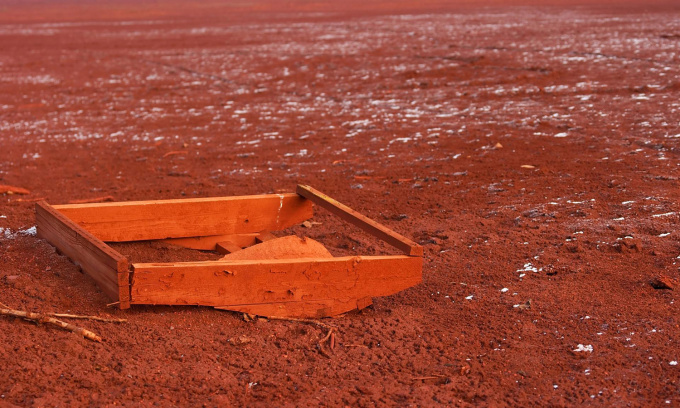
Researchers are looking to turn red mud waste from aluminium production into iron. Photo: Depositphotos
A team of scientists from the Max-Planck-Institut für Eisenforschung, a center for iron research in Germany, has developed a method to turn toxic red mud byproducts from aluminum production into iron, which is then turned into "green" steel, New Atlas reported on February 6. The new research was published in the journal Nature.
The aluminum industry produces about 180 million tons of bauxite sludge, or red mud, each year. This is highly corrosive because it is highly alkaline and rich in toxic heavy metals. In countries like Australia, China, and Brazil, excess red mud is often disposed of in giant landfills at high costs. The steel industry is equally harmful to the environment, contributing 8% of global CO2 emissions. However, demand for steel and aluminum is expected to increase by 60% by 2050.
“Our process could simultaneously solve the waste problem in aluminium production and reduce the carbon footprint of the steel industry,” said Matic Jovicevic-Klug, lead author of the new study.
Red mud is 60% iron oxide. Melting red mud in an electric arc furnace with a plasma containing 10% hydrogen reduces it to liquid iron and liquid oxide, from which the iron can be easily extracted. The plasma reduction technique takes about 10 minutes and produces very pure iron that can be processed directly into steel. The non-corrosive metal oxides harden when cooled. They can therefore be turned into a glass-like material and used as backfill in the construction industry.
“If green hydrogen were used to produce iron from the 4 billion tonnes of red mud generated in global aluminium production to date, the steel industry could save nearly 1.5 billion tonnes of CO2,” said Isnaldi Souza Filho, a member of the research team.
The toxic heavy metals present in the original red mud are “virtually neutralized” by the new process. Any remaining heavy metals are tightly bound in the metal oxides and cannot be washed away in water as with red mud in landfills.
"After the reduction process, we found chromium in the iron. Other heavy and precious metals may have also gone into the iron or into a separate location. We will investigate this in further studies. The precious metals can then be separated and reused," Jovicevic-Klug said. The team also said that producing iron from red mud directly with green hydrogen has great environmental benefits and is also economically beneficial.
Thu Thao (According to New Atlas )
Source link










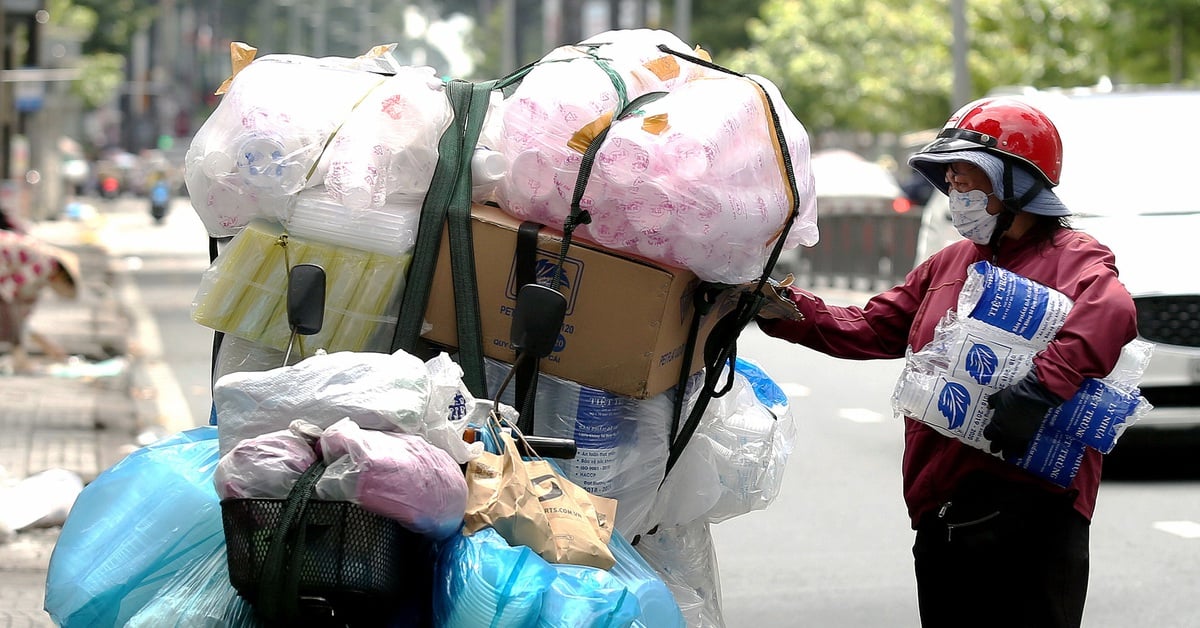

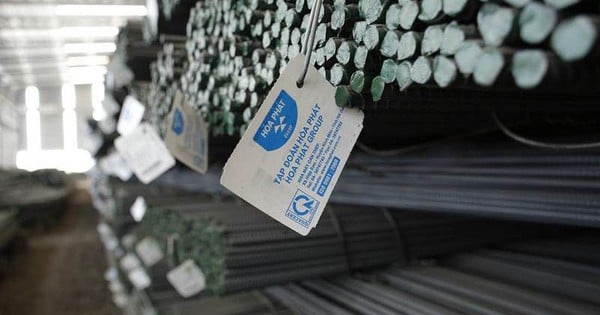





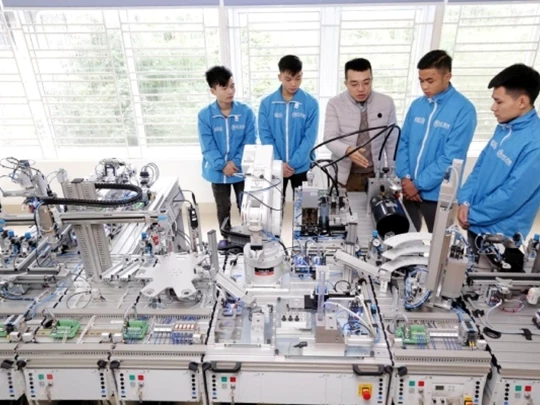

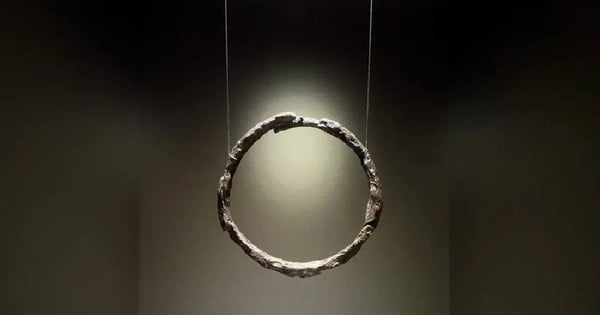

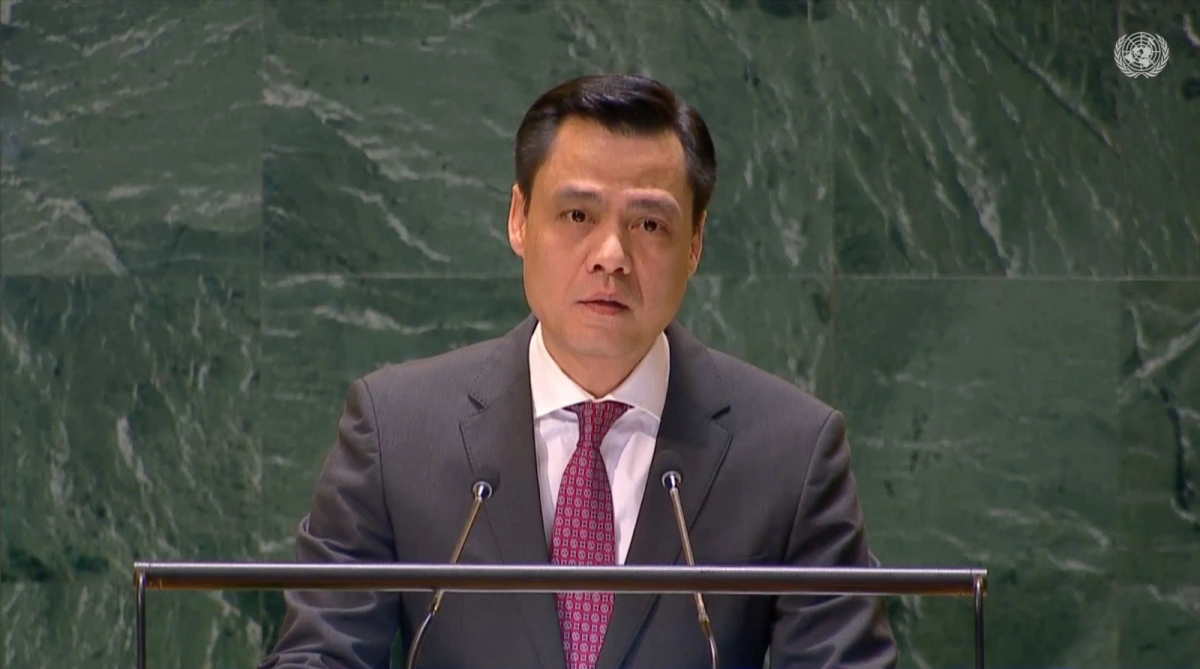


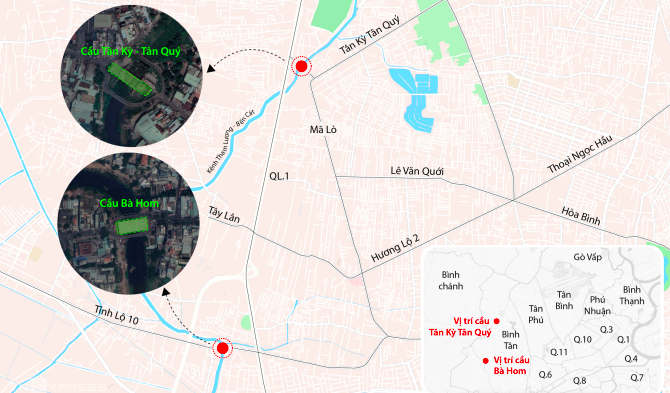


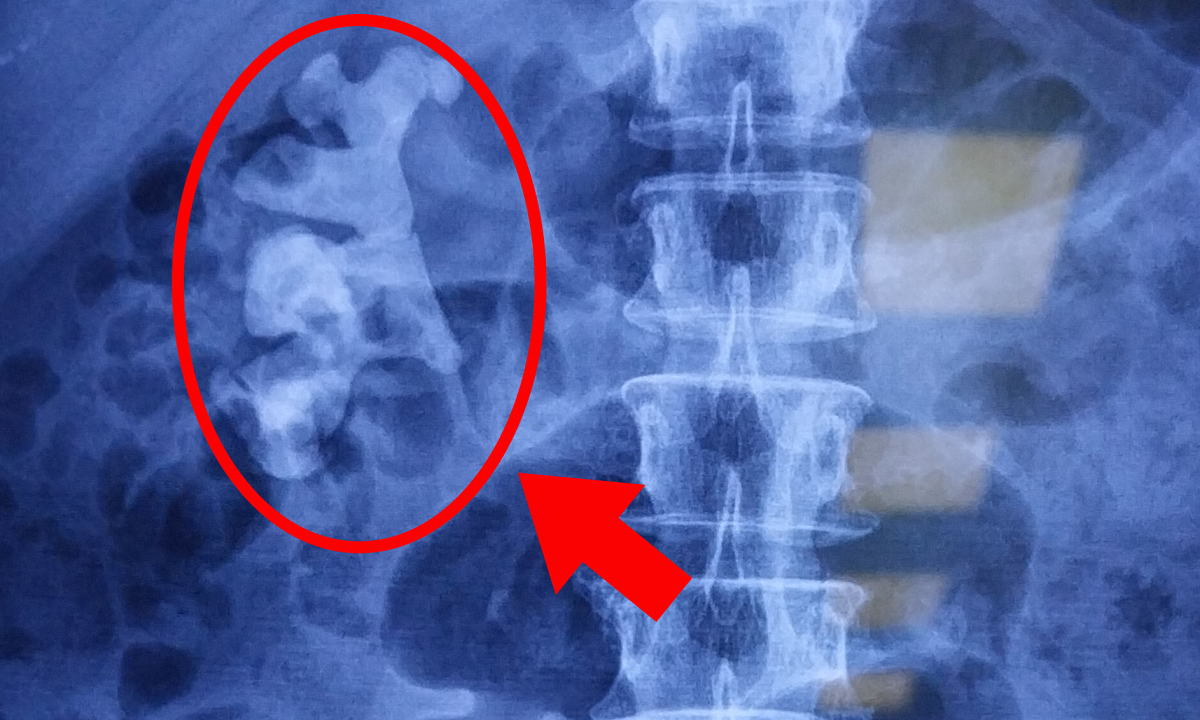

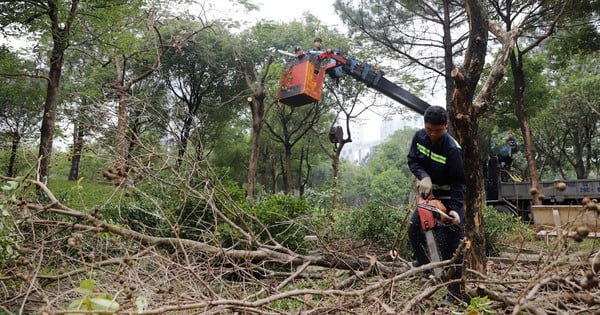





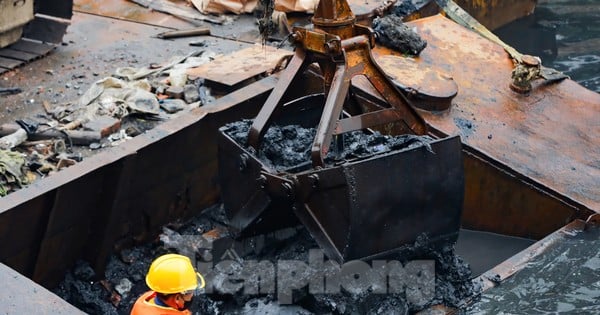
![[Photo] Prime Minister Pham Minh Chinh chairs Government Conference with localities on economic growth](https://vstatic.vietnam.vn/vietnam/resource/IMAGE/2025/2/21/f34583484f2643a2a2b72168a0d64baa)

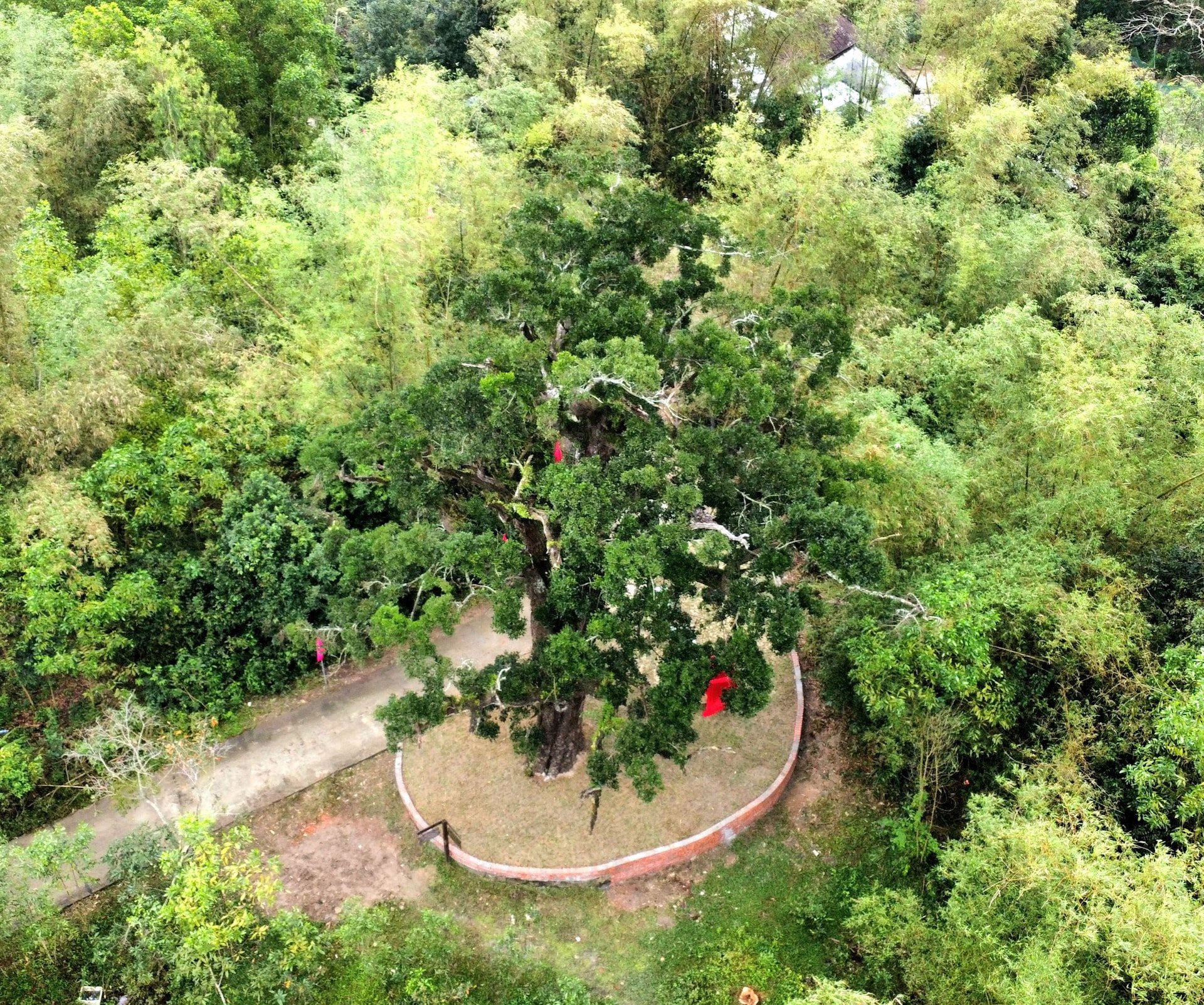




















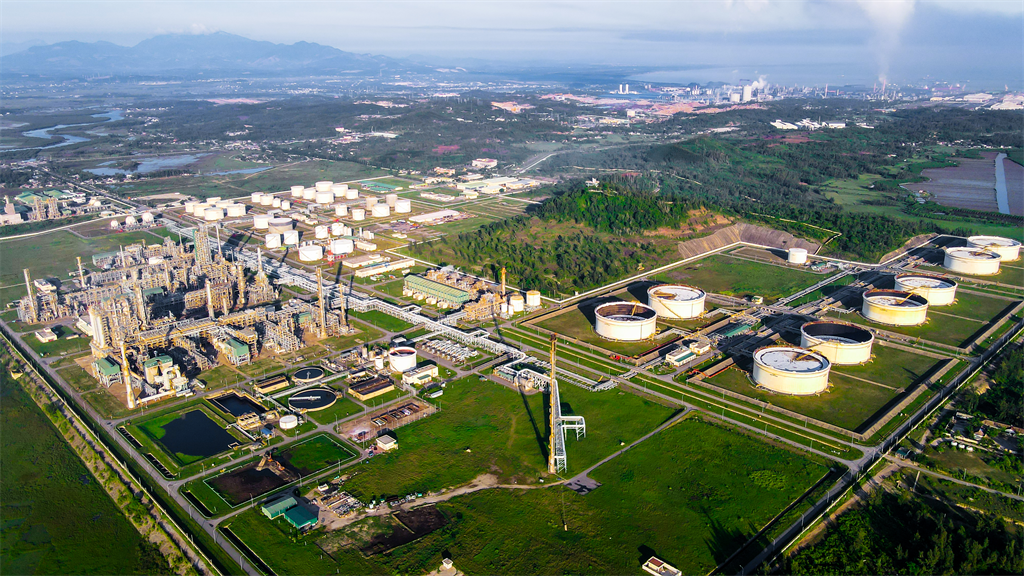

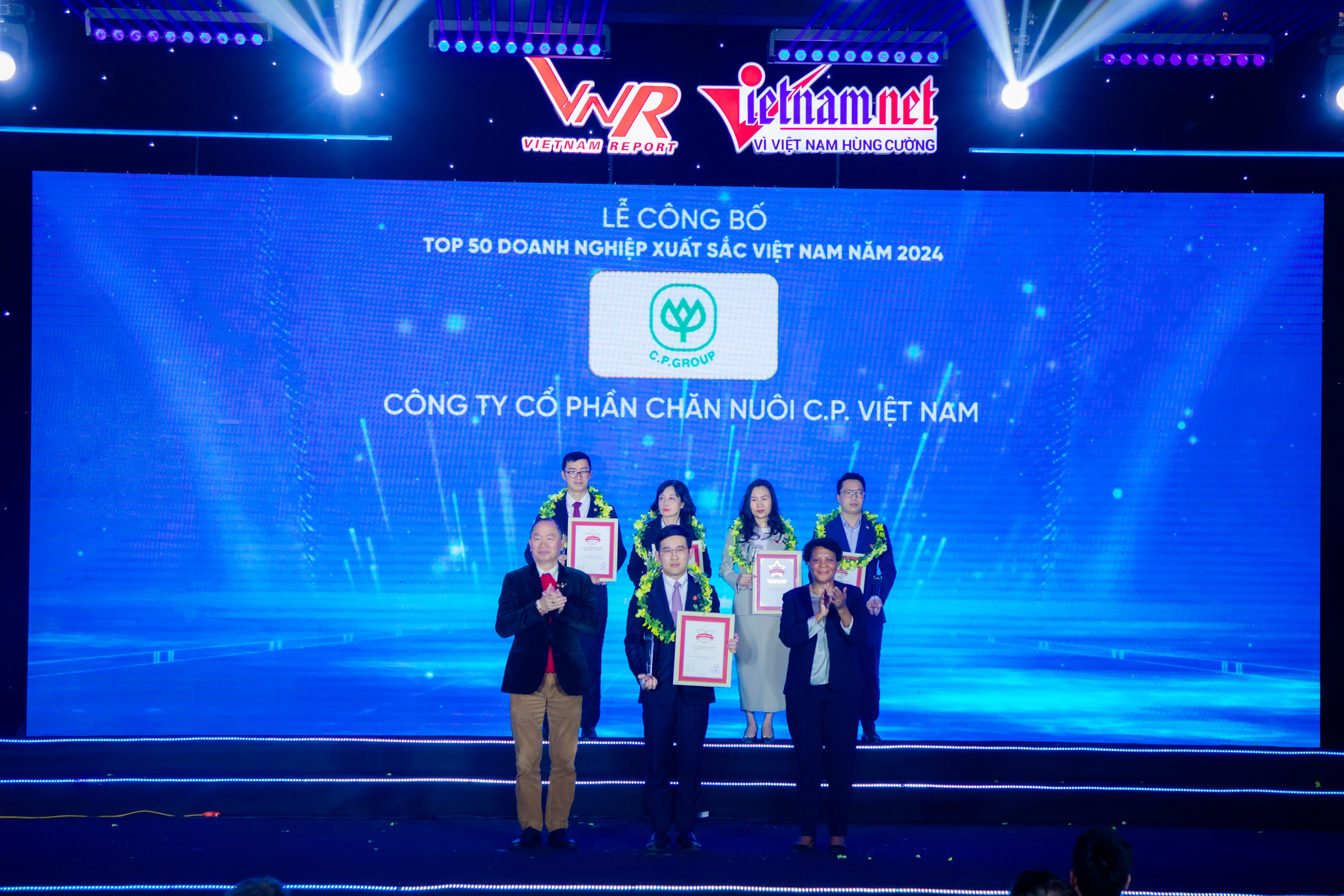




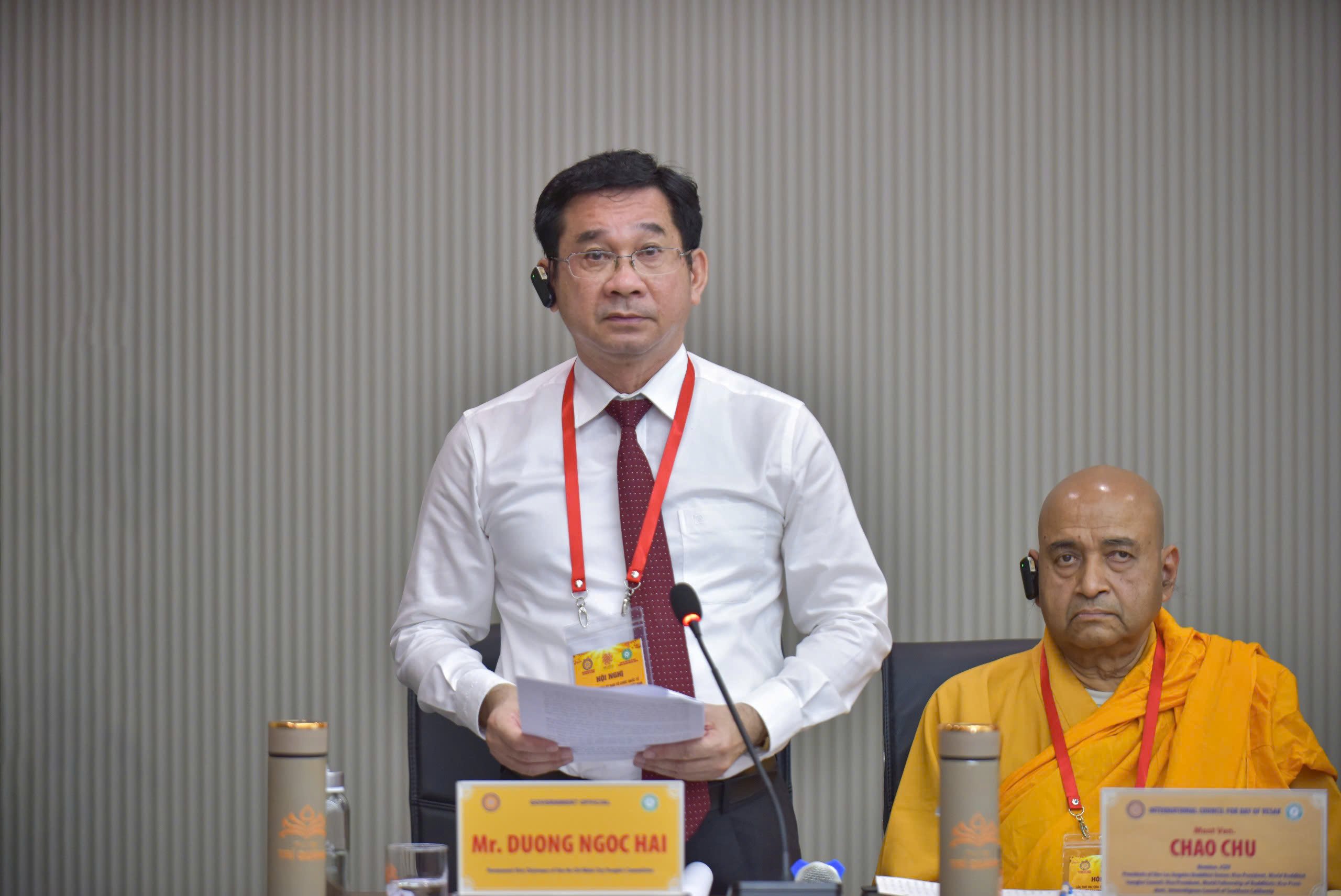





















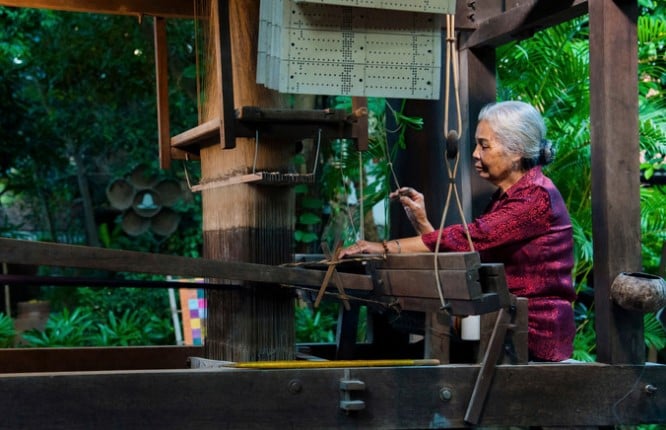



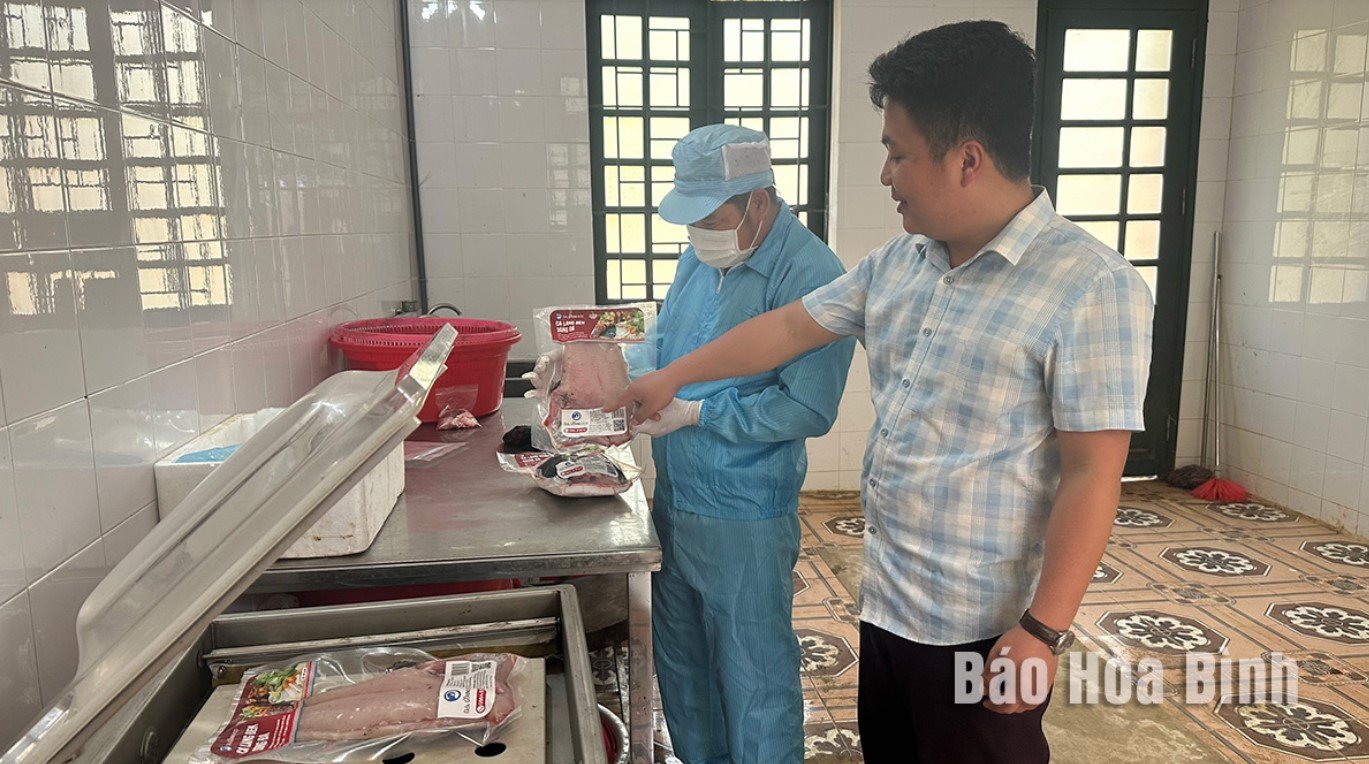

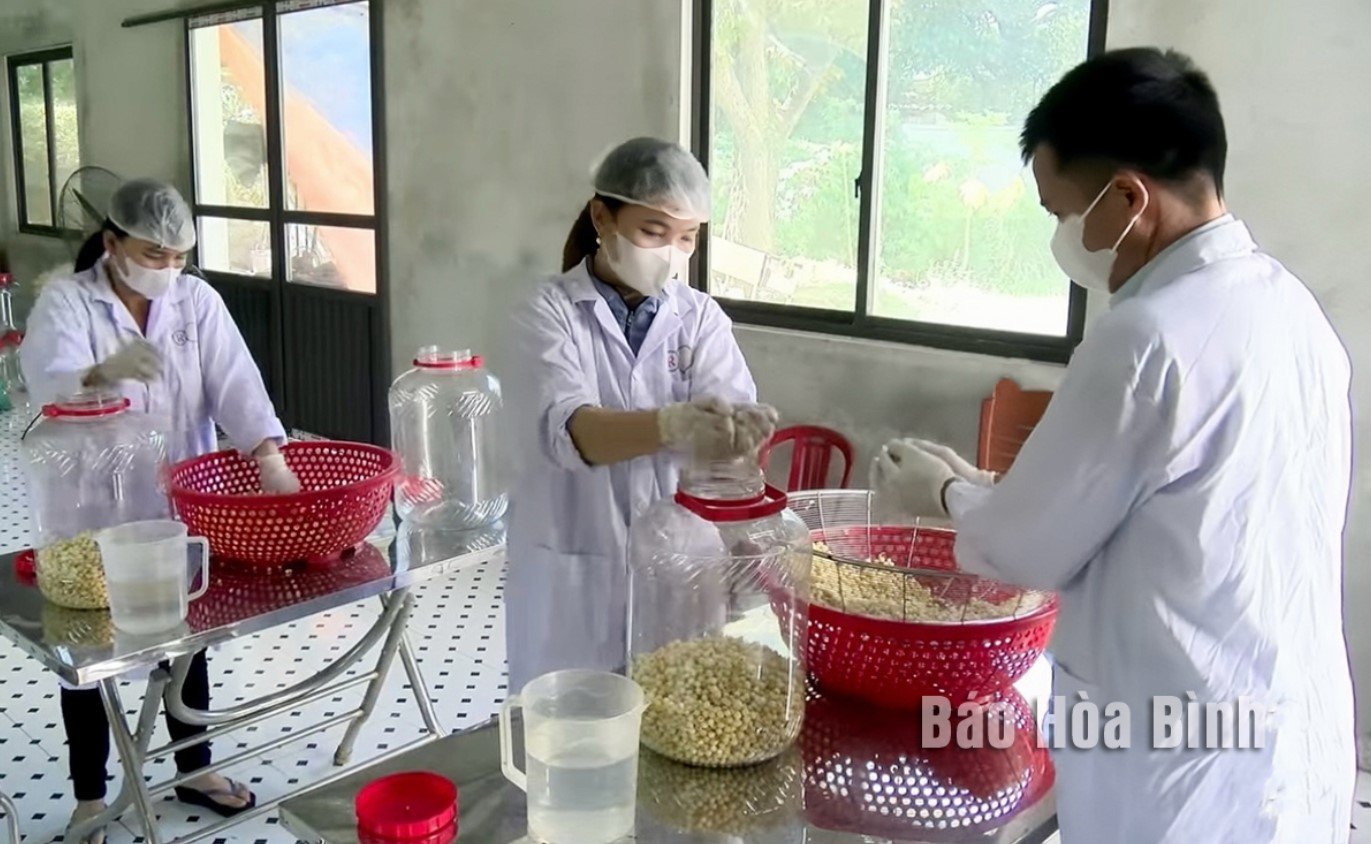

Comment (0)